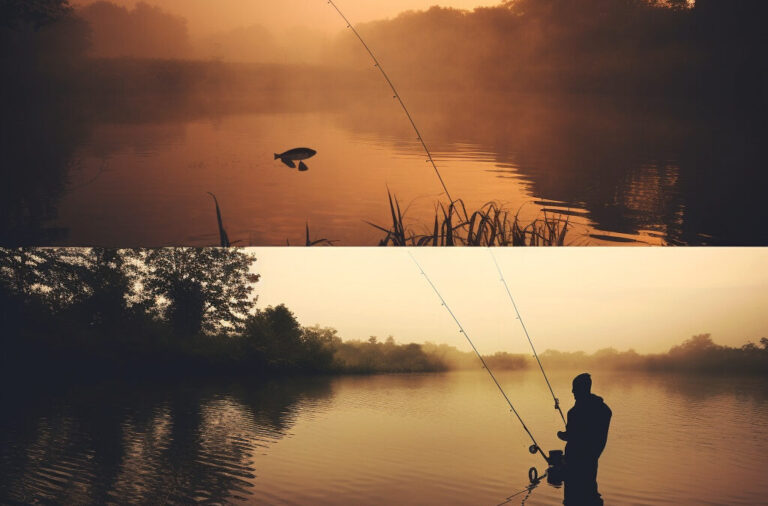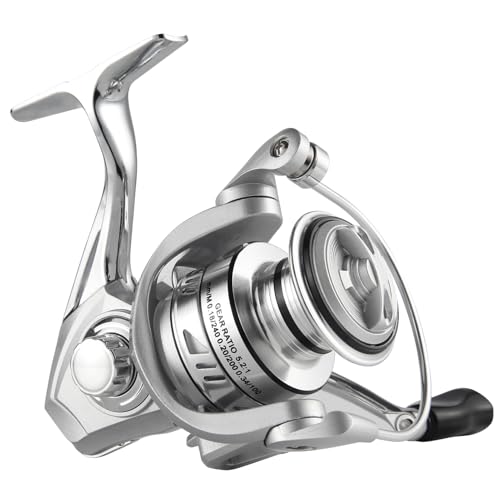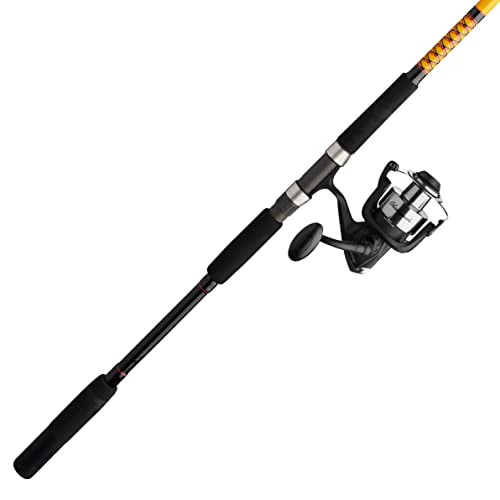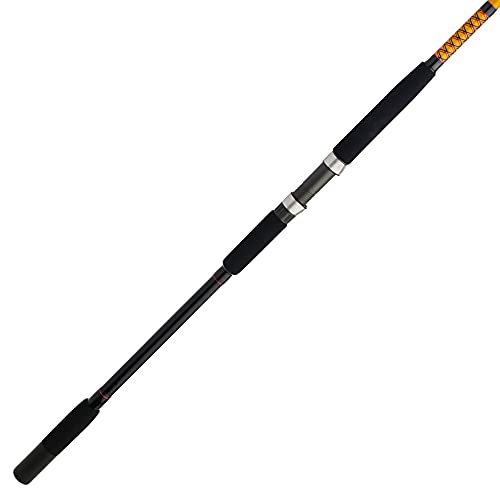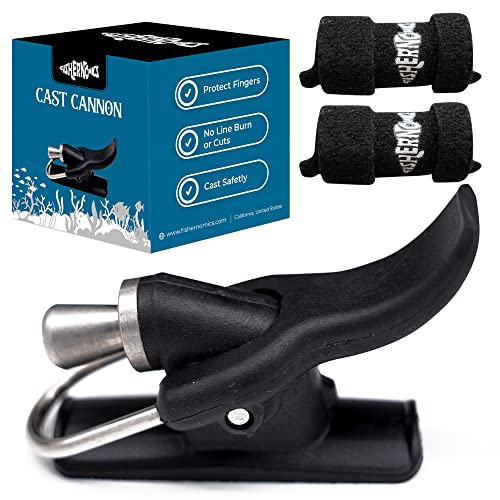Understanding surf fishing tides is essential for successful fishing. Learn how to interpret tide data and its impact on fish behavior.
Surf fishing tides play a crucial role in determining fish activity and are a key factor in planning a successful fishing trip. Tides are the rise and fall of the sea level caused by the gravitational forces of the sun and moon.
By understanding how tides affect fish behavior, anglers can choose the optimal time to cast their lines. During high tide, fish tend to move closer to the shore, while low tide may expose new feeding areas. Additionally, the incoming and outgoing tides create currents that fish use to their advantage. Monitoring tide charts and considering factors like moon phase and weather conditions can help anglers make informed decisions and increase their chances of a productive surf fishing experience.

Credit: www.crystalcoastnc.org
Understanding Tides For Successful Surf Fishing
Surf fishing is an exhilarating activity that requires a good understanding of tides. Whether you’re a beginner or a seasoned angler, knowing how tides influence fish behavior is crucial for successful surf fishing. In this section, we’ll delve into the basics of tides, explore the connection between tides and fish behavior, and discuss the various factors that affect tidal patterns.
The Basics Of Tides
- Tides are the rise and fall of the sea level caused by the gravitational pull of the moon and the sun.
- Tides are classified into two main types: High tide and low tide.
- High tide occurs when the ocean rises to its highest level, while low tide is when the ocean reaches its lowest level.
- Tides follow a predictable pattern, typically occurring twice a day.
- The interval between high tide and low tide is approximately 6 hours and 12 minutes.
The Connection Between Tides And Fish Behavior
- Fish are influenced by the changing tides, as they rely on them for various activities such as feeding and spawning.
- During high tide, fish are more likely to venture closer to shore, following the rising water to reach new feeding grounds.
- Low tide exposes areas that are usually underwater, allowing fish to feed on creatures that are trapped or stranded in shallow pools.
- Understanding the tides can help anglers identify the best times to fish, based on the behavior of the fish they are targeting.
Factors Affecting Tidal Patterns
- The moon is the primary factor that affects tidal patterns. The gravitational force exerted by the moon determines the intensity of tides.
- The position of the moon in relation to the earth and the sun influences the size of the tides. Spring tides occur during a full or new moon, resulting in higher high tides and lower low tides. Neap tides, on the other hand, occur during the moon’s first and last quarter, leading to less dramatic tidal variations.
- The topography of the coastline can also impact tidal patterns. Bays, inlets, and estuaries may experience different tidal rhythms compared to open beaches.
- Weather conditions, such as storms or strong winds, can alter tidal patterns temporarily.
- It’s essential to consult tide charts and local knowledge to determine the optimal times for surf fishing, as tidal patterns can vary from one location to another.
Understanding tides is the key to unlocking successful surf fishing. By grasping the basics of tides, recognizing the connection between tides and fish behavior, and considering the multitude of factors affecting tidal patterns, anglers can optimize their chances of reeling in their desired catch.
So, grab your fishing gear, consult the tide charts, and get ready for an exciting surf fishing adventure!
Choosing The Right Tide For Surf Fishing
Surf fishing is an exhilarating sport that requires knowledge and skill. One essential factor that can greatly impact your fishing success is understanding tides. By selecting the right tide for surf fishing, you can significantly improve your chances of reeling in a big catch.
In this section, we will explore the benefits and strategies of fishing during high tides, maximizing opportunities during low tides, and finding success in calm waters during slack tides.
High Tide: The Benefits And Strategies
- High tides offer several advantages for surf fishing enthusiasts. Here are some key points to keep in mind:
- More water coverage: During high tide, the waterline extends farther up the shore, providing a larger area to fish.
- Increased bait movement: With the rising water, baitfish and other marine creatures are forced closer to the shore, attracting larger predatory fish.
- Conceals fishing activities: The higher water level helps conceal anglers’ presence, making it easier to approach fish without spooking them.
Low Tide: Maximizing Opportunities During The Ebb
- While high tide certainly has its advantages, low tide can present exceptional fishing opportunities as well. Consider the following points:
- Exposed structures: As the water recedes, submerged structures such as rocks, reefs, and sandbars become visible. These act as natural fish magnets and provide ideal ambush points for predators.
- Targeting species that prefer shallow waters: Many species are more active during low tide as they forage for food in the exposed shallows. By targeting these species, you can increase your chances of a successful catch.
- Access to hard-to-reach areas: During low tide, certain areas that are normally inaccessible become reachable. Take advantage of this opportunity by exploring uncharted territory.
Slack Tide: Finding Success In Calm Waters
- Slack tide refers to the period when the tide is transitioning from incoming to outgoing (or vice versa). While fishing during slack tide can be challenging, it can yield rewarding results. Consider these strategies:
- Focus on structure and current breaks: During slack tide, fish tend to congregate around structures or areas with slight irregularities in the current. Identify these spots and cast your line accordingly.
- Experiment with various techniques: Since fish may show less activity during slack tide, try different fishing techniques such as using live bait, artificial lures, or adjusting your retrieval speed.
- Be patient: Fishing during slack tide requires patience and perseverance. Instead of constantly moving around, give different spots a chance and wait for the fish to come to you.
Understanding how tides affect surf fishing is crucial for any angler. By choosing the right tide for surf fishing—whether it’s taking advantage of the benefits and strategies of high tide, maximizing opportunities during low tide, or finding success during slack tide—the odds of a successful fishing trip can be greatly enhanced.
So, next time you plan to hit the surf, pay close attention to the tides and get ready for an unforgettable experience on the water.
Techniques And Tips For Surf Fishing Based On Tides
Surf fishing is a thrilling and rewarding activity for fishing enthusiasts. But if you want to make the most out of your surf fishing experience, understanding tides is crucial. Tides play a significant role in determining where fish are feeding and how they behave.
In this section, we will explore techniques and tips for surf fishing based on tides, focusing on reading tide charts and predicting tidal movements, adjusting bait and lure selection for different tides, and capitalizing on tide-related fishing hotspots.
Reading Tide Charts And Predicting Tidal Movements
To effectively plan your surf fishing outing, it is essential to read tide charts and predict the movement of tides. Here are some key points to keep in mind:
- Use reliable sources or apps to access accurate tide charts for your fishing location.
- Pay attention to the time of high and low tides, as well as the tide height. These factors will influence fish behavior and feeding patterns.
- Understanding the movement of tides is crucial. Incoming tides (rising tide) can bring in baitfish, attracting larger predator fish. Conversely, outgoing tides (falling tide) can concentrate fish in certain areas as they move towards deeper waters.
- Use tide charts to determine the best fishing windows, where tidal movements coincide with favorable fishing conditions such as low light periods or periods of increased fish activity.
Adjusting Bait And Lure Selection For Different Tides
Different tide stages require adjustments in your bait and lure selection to increase your chances of success. Consider the following points:
- During high tides, fish have more access to the shoreline, so using topwater lures or suspending baits can be effective in shallow areas.
- Low tide periods expose more structure and can provide opportunities for bottom-feeding fish. In this case, sinking lures or bait on the bottom using a carolina rig or a jig can yield results.
- Experiment with different bait sizes, colors, and presentations based on the tidal stage and the type of fish you are targeting. Match the hatch by using bait that resembles the natural prey of the fish in that particular area.
Capitalizing On Tide-Related Fishing Hotspots
Tides create specific fishing hotspots that savvy surf anglers can take advantage of. Consider the following tips:
- Identify troughs, holes, and sandbars on the beach that could potentially hold fish during different tidal stages. These areas often serve as feeding zones for fish.
- Pay attention to current breaks or areas where currents change direction. These spots can attract baitfish and ultimately draw in larger predatory fish.
- Look for eddies or areas where the current forms circular patterns. These eddies can trap food and provide an excellent opportunity for feeding fish to gather.
- Rocks, jetties, and piers are other prime locations that tend to hold fish during certain tidal stages. Fish often use these structures as shelter and feeding stations.
By mastering the techniques of reading tide charts, adjusting bait and lure selection, and capitalizing on tide-related fishing hotspots, you will be well-equipped to increase your chances of success during your next surf fishing adventure. So, gear up, study those tides, and get ready to reel in some thrilling catches!
Conclusion
Understanding surf fishing tides is vital for any angler looking to maximize their fishing success. By recognizing the intricate relationship between tide movements and fish behavior, you can position yourself for better catches. As the tides ebb and flow, they create a dynamic environment that influences where fish hunt for food and seek shelter.
By carefully observing the tide charts and understanding the impact of different tide stages, you can determine the most productive times to cast your line. Whether it’s fishing the incoming tide for species like redfish and striped bass or targeting the outgoing tide for flounder and bluefish, aligning your fishing efforts with the right tide can significantly increase your chances of success.
Remember to consider factors such as wind direction and local conditions in conjunction with tide information for a comprehensive approach. So, next time you head out to fish, don’t forget to “go with the flow” and let the tides guide your angling adventure for a truly unforgettable experience on the water.

